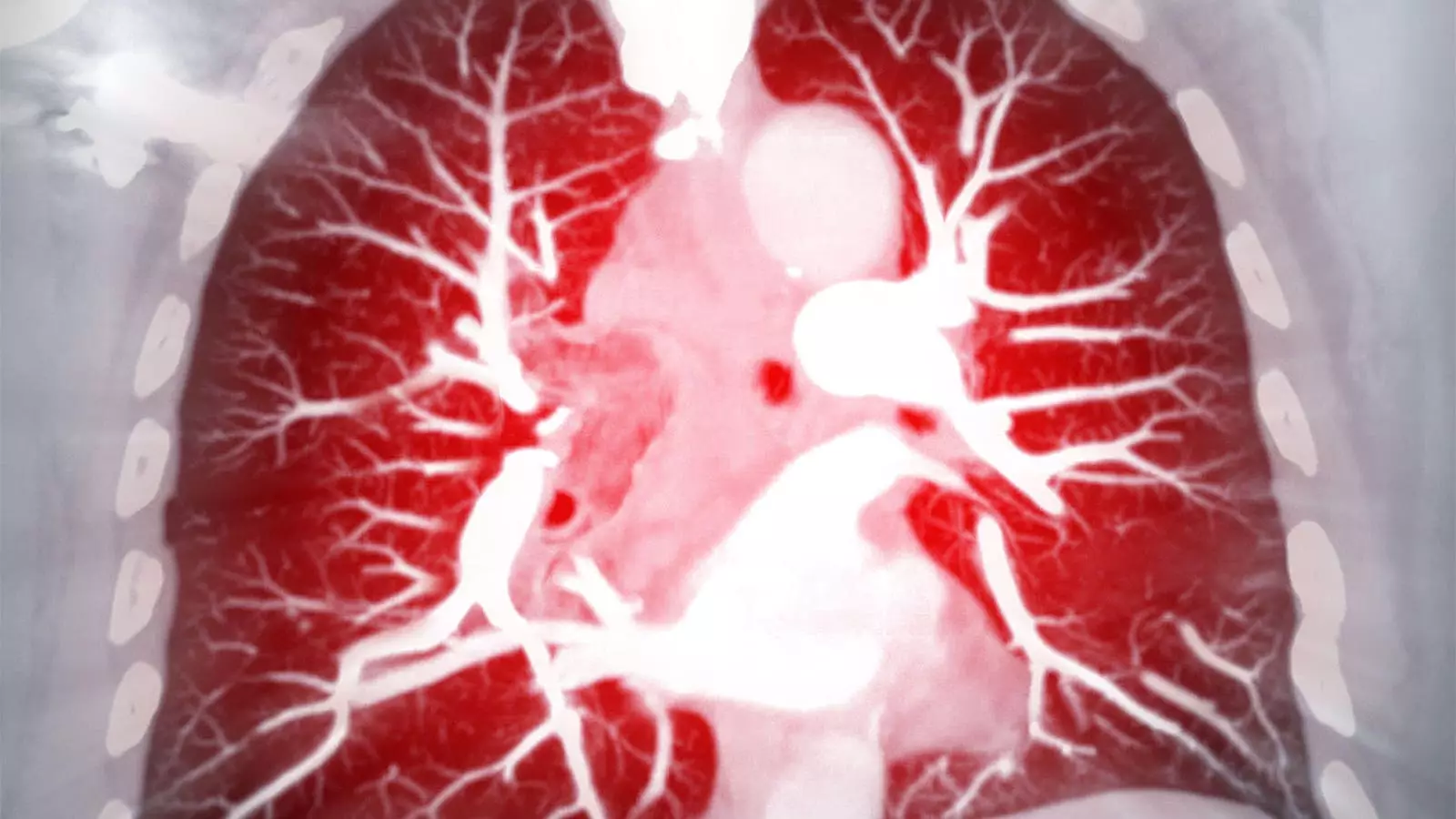In the landscape of pulmonary arterial hypertension (PAH) treatments, the recent FDA approvals of combination therapies such as macitentan/tadalafil (branded as Opsynvi) and the biologic agent sotatercept (marketed as Winrevair) mark a significant leap. Initially reported in March, these approvals have reshaped the treatment paradigm for PAH, a rare but progressive disorder characterized by elevated blood pressure in the pulmonary arteries, often leading to serious morbidity and mortality. This article analyzes the recent developments surrounding these two drugs and their implications for clinical practice in PAH management.
Comparative data from the early launch of these therapies reveal divergent uptake trends. Sotatercept has emerged as the frontrunner, garnering rapid acceptance in clinical settings. Dr. Kristin Highland, a pulmonologist at the Cleveland Clinic, noted that the enthusiasm surrounding sotatercept’s introduction has exceeded expectations. This is largely attributed to the mounting evidence supporting its efficacy from pivotal trials, such as the PULSAR trial, which demonstrated improvements in exercise capacity and reduced clinical worsening in PAH patients.
In stark contrast, Opsynvi has faced challenges that hinder its adoption. Notably, the presence of generic therapies has led to additional scrutiny from payors, resulting in cumbersome prior authorization processes. For patients already managing their condition with existing therapies, the prospect of navigating these complexities has diminished the immediate appeal of Opsynvi. As healthcare professionals navigate this new landscape, it is clear that economic considerations and administrative hurdles are stalling the uptake of promising treatments.
Sotatercept represents the first activin-signaling inhibitor approved for PAH, marking a landmark development in treatment options for patients. The approval was bolstered by findings from both the PULSAR and STELLAR trials, which underscored its ability to improve not only the six-minute walk distance but also other critical clinical endpoints. Notably, the STELLAR trial was prematurely halted due to the compelling benefits observed, highlighting the potential of sotatercept as a disease-modifying agent in the treatment of PAH.
Clinicians such as Dr. Highland have documented significant clinical improvements in their patients, including notable cases where individuals have experienced enough recovery to be removed from lung transplant lists. However, the novelty of sotatercept also brings forth challenges, particularly regarding long-term safety and efficacy. Concerns about side effects, such as potential bleeding, and uncertainty about its benefits in patients not receiving background prostanoid therapy highlight the need for close monitoring as the drug is integrated into routine care.
On the other hand, macitentan/tadalafil was notable for becoming the first dual therapy available as a single tablet for chronic PAH treatment. Its introduction is anticipated to simplify patient management by reducing pill burdens—an important factor considering that PAH patients often juggle multiple medications to manage their condition. The A DUE trial demonstrated that the combination therapy could result in more significant improvements in pulmonary vascular resistance compared to either drug administered alone.
Despite its benefits, Highland pointed out the hesitance some healthcare providers may have regarding upfront dual-therapy approaches, particularly in patients with existing comorbidities. Some physicians prefer to initiate treatment with one agent and subsequently add more as needed, indicating a mindset that may be resistant to change. This clinical inertia may further complicate the uptake of macitentan/tadalafil, especially in a clinical environment already wary of polypharmacy.
The ongoing changes in PAH treatment paradigms underscore a broader evolution in clinical practice. As more data become available through trials such as HYPERION and CADENCE, the potential for refining PAH management strategies and tailoring therapies to patient populations will expand. Highland emphasized the importance of future research in establishing the optimal use of sotatercept, particularly for newly diagnosed patients and those with post-capillary pulmonary hypertension.
The integration of new therapies such as sotatercept and macitentan/tadalafil, alongside their unique challenges regarding market adoption and clinical application, will shape the future management of PAH. It remains imperative for clinicians to remain adaptable, leveraging emerging evidence and feedback from real-world experiences to optimize patient care.
The recent FDA approvals of sotatercept and macitentan/tadalafil have initiated a transformative period for PAH treatment. While sotatercept shows promise as a breakthrough therapy with rapid acceptance, the uptake of macitentan/tadalafil reveals the complexity of implementing new treatment pathways amid existing healthcare structures. As clinicians and patients navigate these innovative options, ongoing research and collaborative efforts will be vital for reshaping the course of PAH management in the coming years.


Leave a Reply